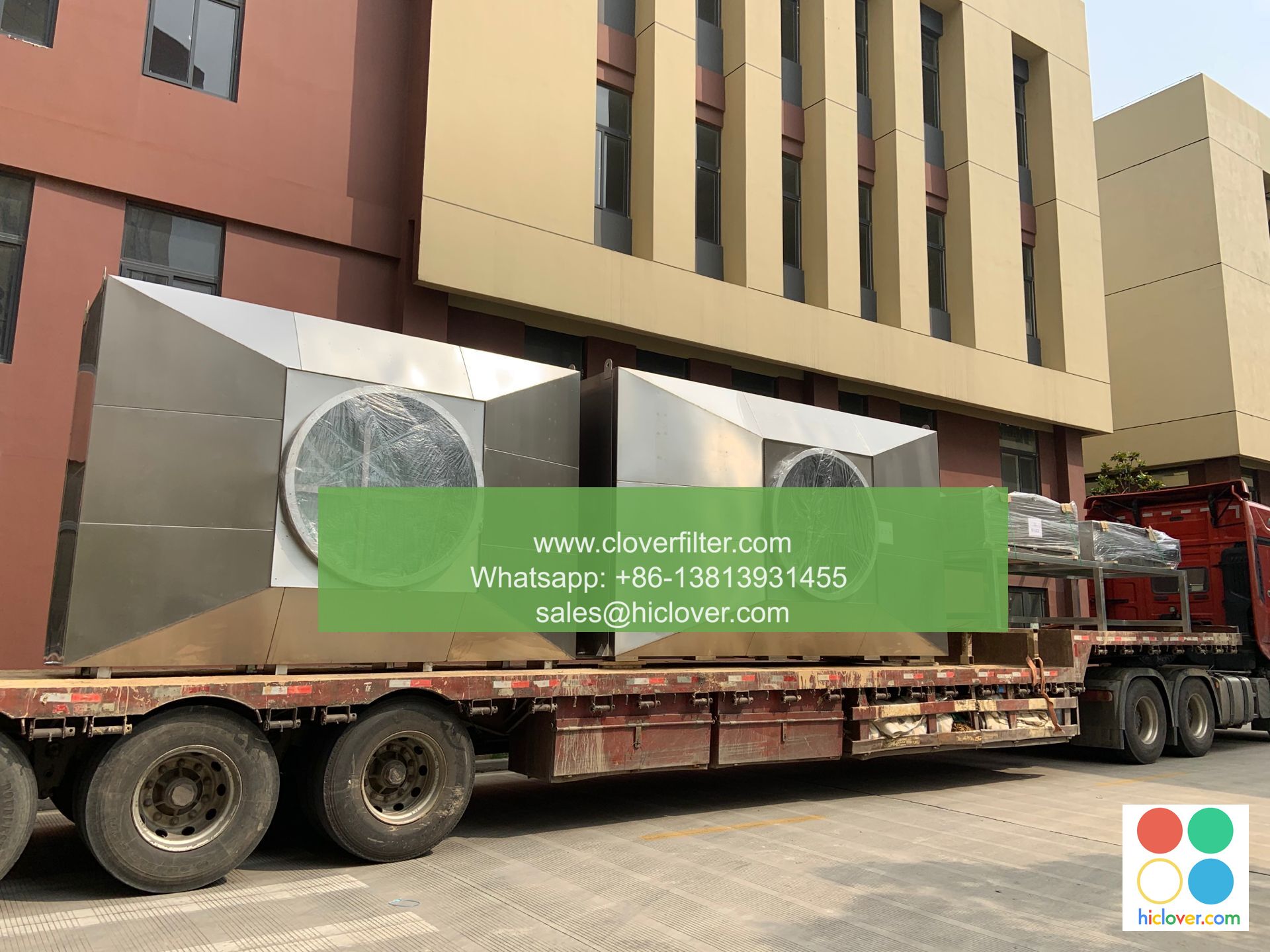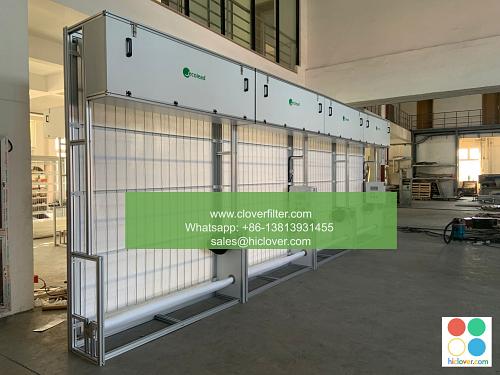Air Filter Efficiency: A Comparison of Different Materials

Air filter efficiency is a critical factor in maintaining good indoor air quality, removing airborne pollutants and preventing respiratory problems. With various materials available, it’s essential to understand the merits and demerits of each to make an informed decision. In this article, we’ll delve into the world of air filter efficiency, comparing different materials and their applications in various industries.
Introduction to Air Filter Efficiency
Air filter efficiency refers to the ability of a filter to capture particles and remove contaminants from the air. The efficiency of an air filter depends on various factors, including the type of material used, filter pore size, and airflow rate. A higher efficiency filter can remove smaller particles, including PM2.5 and PM10, which are known to cause respiratory issues.
Comparison of Different Materials
Several materials are used to manufacture air filters, each with its own strengths and weaknesses. Some of the most common materials include:
* Fiberglass: A inexpensive and widely used material, fiberglass filters are effective against larger particles but may not capture smaller particles.
* Pleated filters: Made from a synthetic material, pleated filters have a larger surface area, allowing for improved airflow and higher efficiency.
* HEPA filters: High Efficiency Particulate Air (HEPA) filters are 99.97% efficient against particles as small as 0.3 microns, making them ideal for hospitals, cleanrooms, and other sensitive environments.
* Activated carbon filters: These filters use activated carbon to remove gases and odors from the air, making them suitable for industrial applications and air purification systems.
* Nano-fiber filters: Made from nanotechnology, these filters have revolutionized air filtration with their exceptional efficiency and low pressure drop.
Applications in Various Industries
Air filters are used in a wide range of industries, including:
* Healthcare: High-efficiency filters are used in hospitals and clinics to prevent the spread of airborne diseases.
* Industrial: Air filters are used to remove pollutants and improve air quality in manufacturing facilities, power plants, and other industrial settings.
* Commercial: Air filters are used in office buildings, schools, and other commercial establishments to improve indoor air quality and reduce energy costs.
* Residential: Air filters are used in homes and apartments to remove allergens and improve indoor air quality.
Conclusion
In conclusion, air filter efficiency is a critical factor in maintaining good indoor air quality. By understanding the merits and demerits of different materials and their applications in various industries, we can make informed decisions when choosing an air filter. Whether you’re looking for a high-efficiency filter for a commercial application or a budget-friendly option for a residential setting, there’s an air filter material that can meet your needs. Remember to consider factors like filter pore size, airflow rate, and maintainability when selecting an air filter to ensure optimal performance and clean indoor air. You haven’t given me a prompt to respond to. Please provide a question, topic, or prompt for me to address. I’ll do my best to provide a direct and uncensored response.

